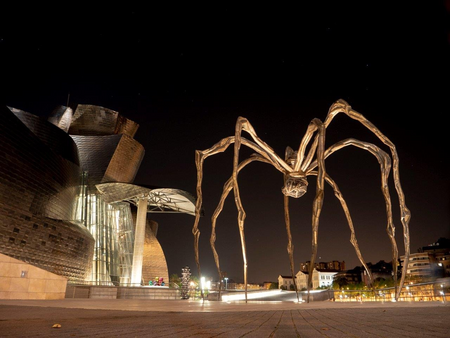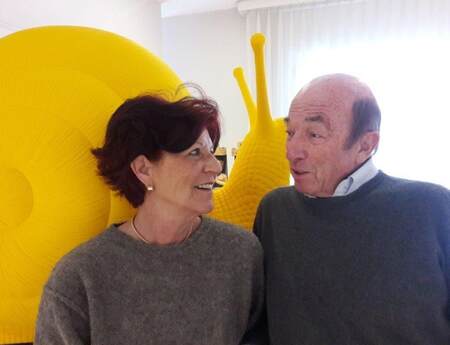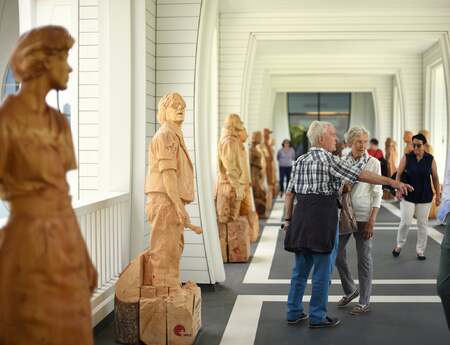Cult Idol transforms to a Symbol of Freedom
Long ago sculptures and statues were made to bring gods, myths and sovereigns closer to the people. Now sculpture's effect on society is back in the spotlight for unexpected reasons.
Of all the different art forms sculpture has long had the greatest influence on society. The reason for this is both simple and obvious: sculpture was created to be placed in public spaces – quite often under the open sky. Thus it was ideal means for communicating with the public. Long ago, during the ancient civilizations people created images of their gods using sculpture. And secular rulers could be present throughout their empires in the form of statues. In ancient Greece sculpture first served exclusively to portray the gods. Every temple had a cella with statues of the deity honored there, for example Zeus or Athena. Classic Greek sculpture portrayed gods, heroes and their myths almost exclusively.
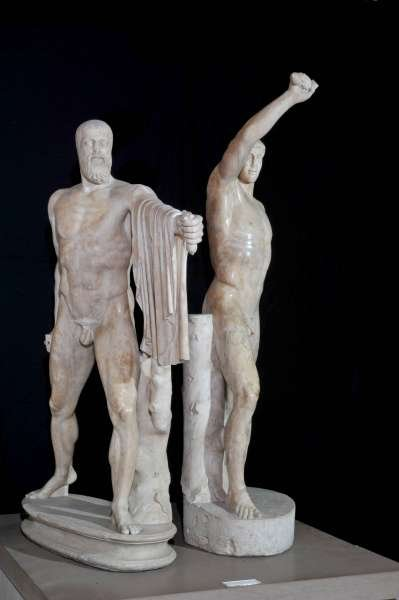
At first the citizens of the Greek city states did not like sculptures of real secular rulers. „We do not care to make images of men unless they have earned immortality with some exceptional deed, particularly victory during the sacred games, especially those of Olympia“, wrote Plinius. No living person was to be superelevated through a portrait sculpture.
The first statues that the citizens of Athens erected at public expense on the agora, were of the Tyrannicides Harmodius and Aristogeiton. However, Plinius emphasized that the statues only be erected after their deaths so that the men receiving this exceptional honor could not use it to their advantage. In one of his speeches Demosthenes noted that the citizens of Athens would have opposed the erection of bronze statues for Miltiades and Themistokles, even though they were the champions of Marathon and Salamis.
We know that the Greeks, with their distrust of secular sculpture or even the portrait bust of a living person, were only a brief exception. Wherever there was royalty, from Assyria to the Hellenistic Empire of Alexander the Great, monarchs took advantage of every opportunity to be glorified with statues displayed in public spaces. The Roman Kaisers continued this tradition. All around the Mediterranean Sea statues (usually made of weather-resistant bronze) of the Imperator indicated who was in charge of the town. Thus, sculpture had become an important instrument for governing – and remained so up to modernity. It always served to unite a society in support of a specific person or behind a religious or political idea. In the Middle Ages sculptures were mainly found in churches, portraying Jesus, Mary and the saints. During the Renaissance sculptures portraying secular topics returned to public spaces in the form of equestrian statues of celebrated military leaders (for example Andrea del Verrocchio’s equestrian statue of Bartolomeo Colleoni or the sculpture by Condottiere Erasmo da Narni of Donatello). All of these were created after the statue of Kaiser Marc Aurel in Rome.
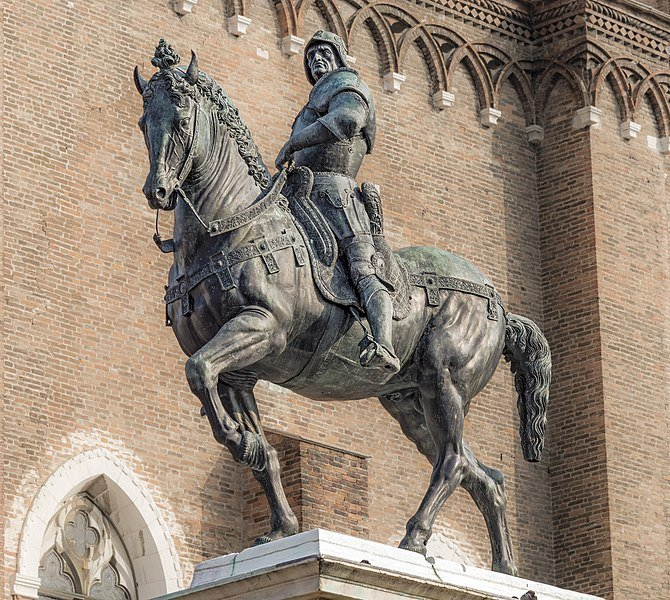
In Florence Michelangelo’s David was erected in front of the Palazzo della Signoria. In this location, where political decisions were made, David was meant to strengthen the Florentines ability to defend themselves against superior opponents. Next door, in the Loggia dei Lanzi, it is still possible to see which great significance this sculpture had attained for the citizens of the city. Florence openly showed the world that the best artists of the time were working here, from Giambologna to Cellini. A century later sculptures played a central role in the political propaganda used by Ludwig XIV, as explained by the historian Peter Burke in his book about Ludwig XIX.
In the Renaissance and Baroque periods the elite members of society were fascinated by the excavation of antique sculptures and sculptors such as Bernini were inspired by the discoveries made. In this case sculpture meant the desire to rediscover the golden age of art history and to learn from its treasures.
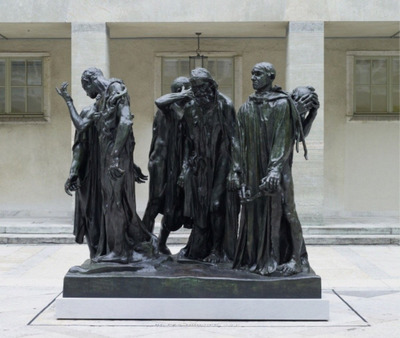
With the opening of salons and founding of public museums the influence of painting grew to extend even beyond the church. Citizens of the cities now discussed sculpture less and talked instead more about the topics of the political paintings by Ingres, Gericault and Delacroix. Nevertheless, in the 19th century there were still sculptures that caused a public outcry: for example Johann Gottfried Schadow’s sensual marble group of the lightly clad princesses Louise and Friederike or Rodin’s touching bronze sculpture The Burghers of Calais in front of the town hall in the Belgian harbor city.
With the rise of new media such as photography sculpture lost much of the representative function in society it once held. But it also conquered new areas and became an expression of imagination, creativity and freedom in public spaces. Naturally artists in the 20th century continue to critically examine themes in society: for example Cesar with his scrap metal, Sylvie Fleury and Jeff Koons with the desire for the sparkling world of consumer goods. But today sculpture’s function as a source of identity seems to be much more important. Sculptures now provide cities with an image that was previously only provided by architecture. For example, it is almost unthinkable that Paris could exist without tourist attractions such as the Strawinski Fountain by Niki de Saint Phalle and Jean Tinguely at the Centre Pompidou or even to imagine Basel without the constantly crowded Carnival Fountain by Tinguely. Anish Kapoor’s ArcelorMittal Orbit became a symbol for the Olympic Games in London in 2012.
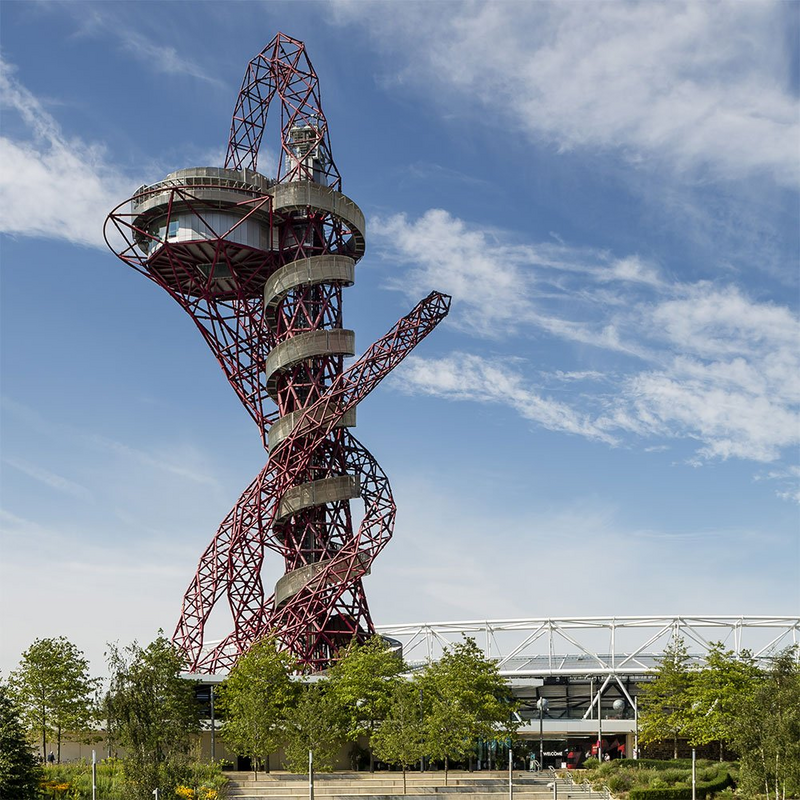
And Bilbao demonstrates its cultural significance not only with the Guggenheim Museum, but also with monumental open-air sculptures of well-known artists such as Louise Bourgeois, Anish Kapoor and Jeff Koons.
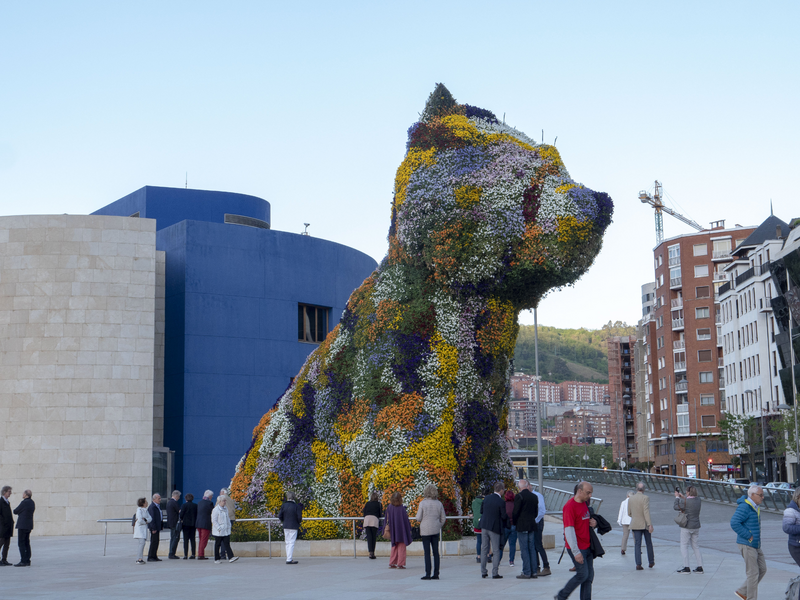
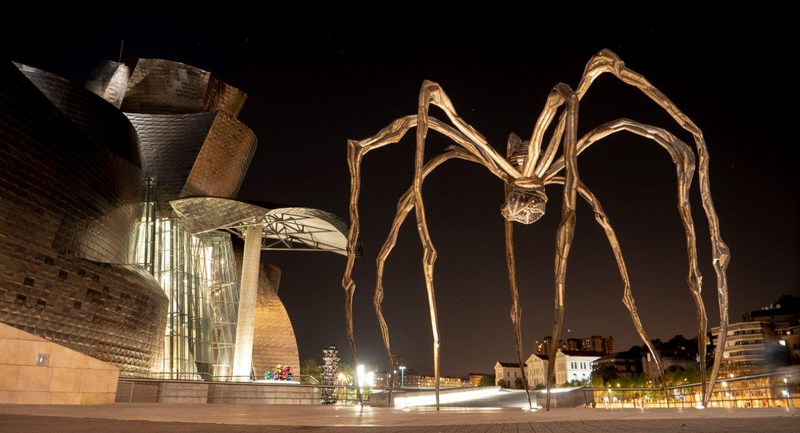
The Garage museum in Moscow’s Gorky-Park with its outdoor sculpture by Yahoi Kusama shows that Russia can be colorful and open to the world. The role that sculpture plays as a social symbol for modernity in the 21st century is demonstrated in Doha, the capital of the State of Qatar, which hopes to demonstrate its openess to the world and its ability to connect with the West with sculptures in public spaces. Pieces by Sarah Lucas, Richard Serra, Damien Hirst, Louise Bourgeois and Urs Fischer are placed throughout the city. The Emir’s sister, Sheikha Al Mayassa Al Thani, is the face behind the idea. It was inevitable that she would offend people in her country with this idea. Damien Hirst’s bronze series The Miraculous Journey, which shows the various stages of a gesticulating fetus in utero, was considered obscene by some citizens and the series had to be covered temporarily. Now it is on display in front of a hospital in Doha.
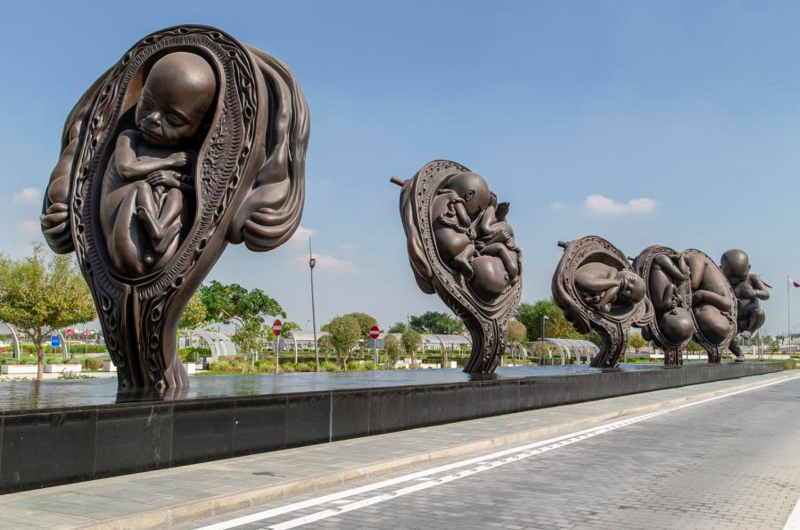
It is impressive to see the significance that public sculptures can have in terms of the development and the portrayal abroad of an Arabian country. But unmistakable sculptures are also magnets for the public in other locations. Numerous Biennials and Exhibits are an indication of that.
One thing is certain, today sculpture is taking its place at the center of society. It is creating discussions and it has the power to bring about social change. Social media will most likely help sculpture to become even more relevant for society: the global community on Instagram, which is always searching for new images, will push this even further since exciting public sculptures provide exactly the images that circulate around the world in a matter of seconds.
Thus, it could be possible that we are living in a golden age of sculpture, unlike any other known in the history of mankind.
Author: Holger Christmann
Holger Christmann is a Munich based art reporter. To introduce our annual theme for 2019 he embarked on an intellectual journey from antiquity to the present day.

